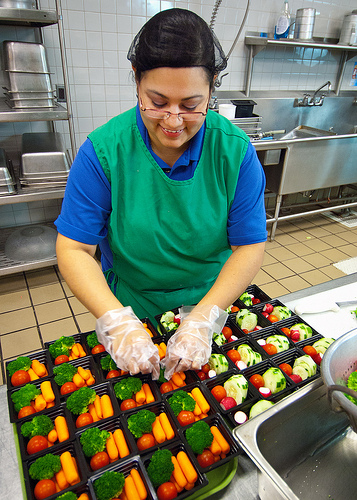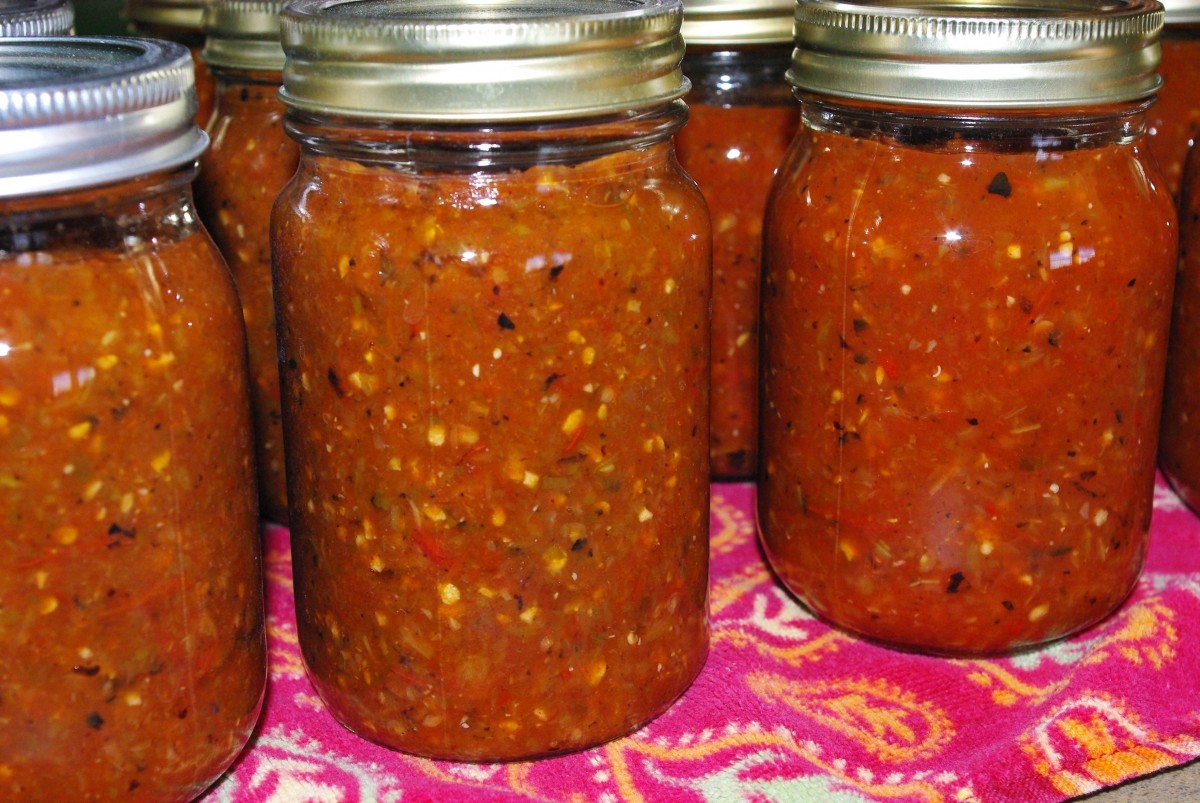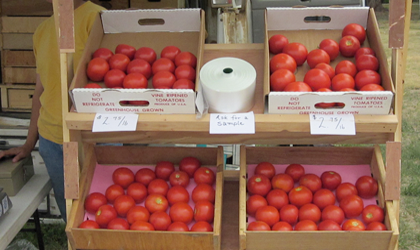Search

Disposable Gloves: Guidelines for Food Handlers
Improper handling of food and poor personal hygiene by food handlers are leading causes of foodborne illness. Disposable gloves do not take the place of good hygiene and proper hand-washing.

Canning Tomato-Vegetable Mixtures
Tomatoes are unique when it comes to home canning recipes. Some tomato and vegetable recipes recommend using a boiling water bath canner, some recipes recommend a pressure canner, and some recipes offer both options.

An identification guide of common Diseases of Dry Peas in South Dakota
A guide depicting common diseases of Dry Peas in South Dakota

Soybean Aphids in South Dakota
Factsheet on Soybean Aphids in South Dakota

Why Tattoo Your 4-H Livestock?
Proper identification of animals helps create an honest record keeping system. With current DNA blood typing procedures animals can be identified through parentage, but when it comes to everyday practices on the farm or ranch a good tattoo can be a huge time saver in the event of a lost ear tag.

Selling Fish at a Farmers Market in South Dakota
This article was developed to address some of the questions around selling fish at the farmer’s market and to ensure that seller’s may be well-informed to ensure they are selling fish that meet regulatory requirements as well ensuring the product is safe.

Farmers Market Food Safety: Health & Hygiene
Health, hygiene and hand washing apply to all stages of production, processing and marketing. Ill food handlers can easily contaminate fresh produce with disease-causing microorganisms. Many of these organisms have the capability to survive on fresh fruits and vegetables for an extended time, from several days to weeks. Once the organism is established on fresh produce, it is very hard to remove.

Sheep Breeds
Everyone has heard the fairytale “Baa Baa Black Sheep Have You Any Wool?” but what about the double-coated California Red, the multi-colored Katahdin sheep with hair, or the East Friesian dairy ewe that produces over 1,100 pounds of milk a year? Sheep come in different shapes, sizes, and colors and all of them provide different functions and uses for producers. These can range from meat, wool, and milk production or a combination of characteristics.

National Sheep Improvement Program: Performance-based data you can rely on
Sheep producers continually look for opportunities to improve their flocks through the introduction of genetic traits that will contribute to both improve the performance and physical appearance of the offspring. For hundreds of years, producers used the phenotype or physical appearance traits to select replacement stock, followed by performance trials and wool testing to quantitatively define the traits a specific animal may possess.